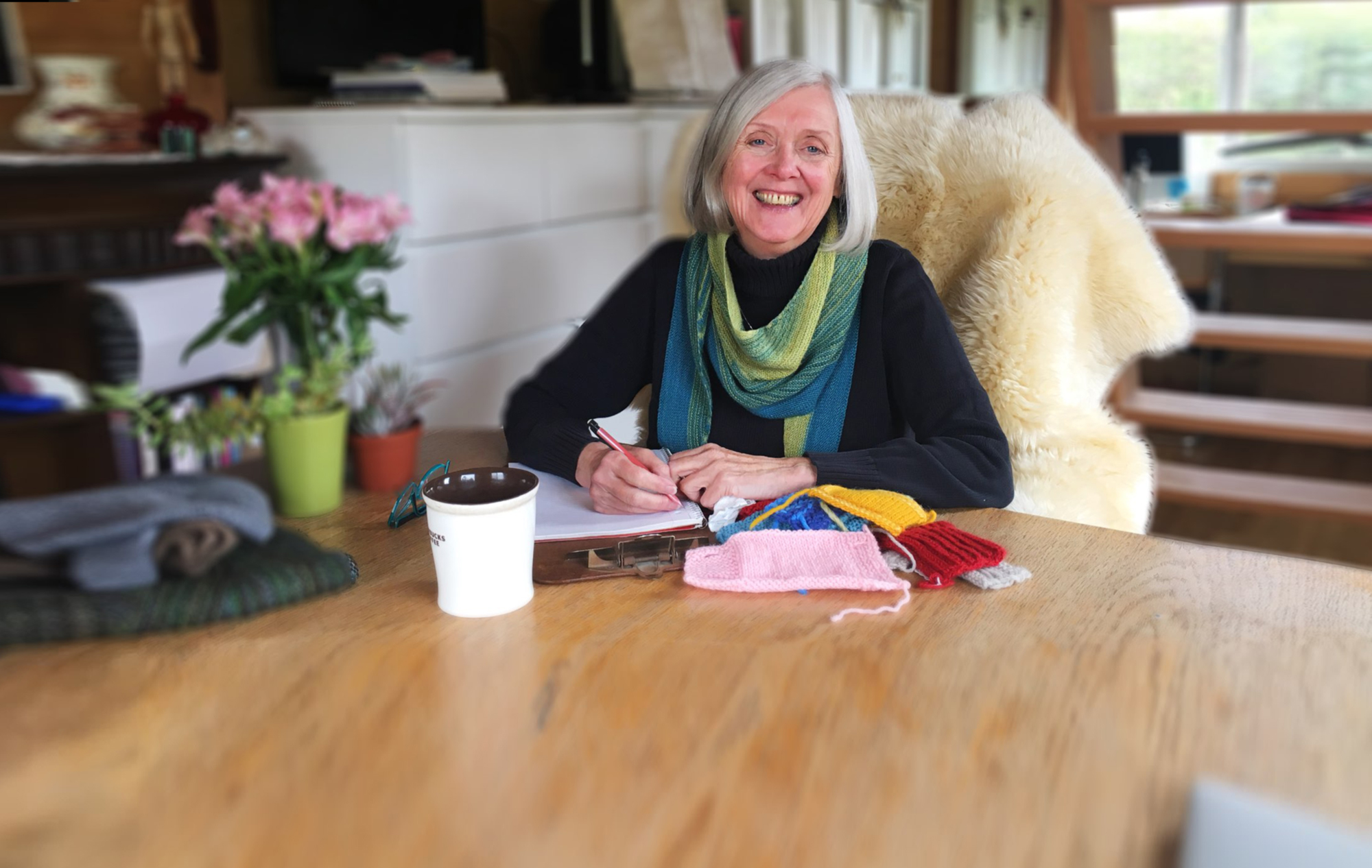So what’s a larder, you ask? A place where you store foodstuffs. A foodstuff? An ingredient that you eat alone or combine with other things to create a “dish” or a meal: “any material, substance, etc., that can be used as food.”
Another word for larder is pantry. It’s the place where you store the things you need to make real (or unreal) food.
Back in the olden days, before my time and refrigeration and easy transit, larders were magical. My second-to-the-last father-in-law, who died many years ago, told me about taking the steamer boat from Long Beach to Seattle with his mother to spend the summers at her childhood home. They’d pick up a well-cured ham and other provisions in Seattle before the day-long trip back to the island. The ham would hang for most of the summer in the “cool-space” on the north side of the house and they would cut chunks off of it all summer for hearty country breakfasts. (The cool-space is still there in the old house.)
So a larder/pantry is the place in your home here you store food. It can be a basement, a shed, an extra freezer, a designated pantry space, a breezeway or “cool porch.” It needs to stay as cool as possible in temperature without freezing.
I grew up in a family that stored a lot of food. In fact, they spent most of the harvest season (July through October) doing just that . . . “putting up” food. Many things scared me in my young life, and still do today, but going hungry is not one of them. My childhood house had a special basement room designed to store hundreds of jars of canned goods, big bags of flour and salt, and it had a huge deep freezer.
Here’s an example of how extreme we were . . . and I am . . .
My childless and widowed Aunt Mary dropped dead one Sunday morning in late August, 1975. She was 60 years old, walking home across a field from her sisters-in law’s house and she was canning a kettle of beets at the time. She had spent weeks canning all the tomatoes she could handle and they were still coming on so she had called me and invited me to come pick the rest.
I said yes and was scheduled to be there at noon or so. At around 10:30 a.m. my mother called me.
“Hi. Have you talked to Mary?”
“Yah. I’m heading out there to pick tomatoes at noon. Gonna can some juice and chili sauce too.”
“I just got a call. She’s dead. She dropped dead walking home from the sisters. She had beets on the stove. They turned ’em off.”
“I can’t believe it! . . .” . . . and then we hung up, both of us in shock. When you’re in shock, you act like everything is normal when, in fact, the whole earth under you has just broken apart. Reality has shifted and everything you thought was normal and all you take comfort in falls into a chasm . . . but you somehow maintain the veneer of normalcy.
Less than an hour later, I was sitting there, crying and thinking and it was clear . . . “I need to go pick those tomatoes. They can’t go to waste.” So that’s what I did. For several weeks. I picked and canned whole tomatoes, tomato juice and chili sauce (which no one else in the family had ever tried.) My teenaged nephew joined me to pick and can one whole weekend. We also picked the green beans (froze them) and beets from her garden . . .
Dying is no excuse for not harvesting and “putting up” a good garden.
